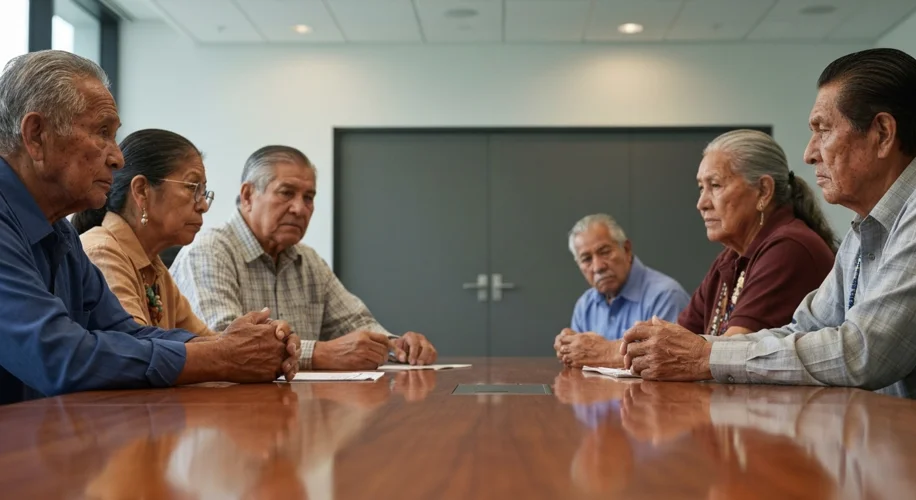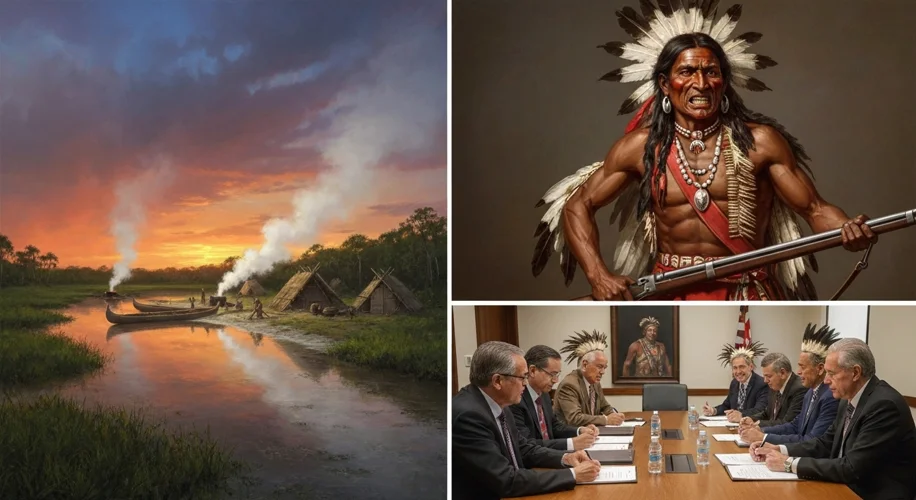The air in Florida, thick with the scent of cypress and the hum of unseen insects, has always been a witness to a unique struggle. It’s a land where the Seminole people, a nation forged in resilience, have carved a history deeply entwined with, yet distinct from, the United States. For centuries, this proud people have maintained a profound skepticism toward signed agreements, a stance rooted in a history of broken promises and a fierce determination to preserve their sovereignty. This reluctance stems not from a desire for perpetual conflict, but from a deep-seated mistrust born from generations of encounters with a burgeoning American nation.
The story of the Seminole and unsigned treaties is not one of a single event, but a complex tapestry woven from cultural survival, forceful displacement, and an unwavering spirit. To understand this legacy, we must travel back to the 18th century, when disparate Creek groups, fleeing pressure from more dominant tribes and seeking new lands, began to migrate into the peninsula that would become Florida. These newcomers, intermingling with earlier inhabitants and even escaped African slaves who found refuge and became integral to their society, began to forge a new identity. They called themselves the Seminole, a name derived from the Creek word “sim-i-no-le,” meaning “wild people” or “those who sit apart.”

As the Spanish colonial power waned and the United States asserted its claims over Florida, the Seminole found themselves on a collision course with the expanding young nation. The early 19th century saw escalating tensions. The U.S. government, driven by a desire for land and a misguided belief that the Seminole were merely a renegade branch of the Creek, sought to remove them westward, often citing treaties that the Seminole themselves felt did not represent them. The most infamous of these was the Treaty of Payne’s Landing in 1832. This treaty, purportedly signed by a small delegation of Seminole, including some who were not authorized to negotiate, agreed to relocation to Indian Territory (present-day Oklahoma). However, the vast majority of the Seminole people vehemently rejected its terms, arguing that their representatives had been deceived or coerced.
The refusal to honor the Treaty of Payne’s Landing ignited the Second Seminole War (1835-1842), one of the most brutal and costly conflicts in American history. Led by legendary figures like Osceola, a fierce warrior whose resistance became legendary, the Seminole employed guerrilla tactics, blending seamlessly with the dense Florida wilderness. They were masters of their environment, using the swamps and forests as their allies against a technologically superior, but environmentally challenged, U.S. Army. Osceola, a charismatic leader, became the embodiment of Seminole defiance, his image famously captured by artist George Catlin.

The war was a grim affair. Villages were burned, people were killed or forcibly removed, and the very landscape seemed to hold its breath. Despite immense hardship, the Seminole, through sheer determination and strategic brilliance, were never fully conquered. While thousands were deported to Oklahoma, a significant number managed to evade capture, melting back into the inaccessible Everglades and other remote areas of Florida. These were the Seminole who continued to resist, the unconquered.
The subsequent decades saw sporadic conflicts and continued attempts at removal, but the core of the Seminole resistance remained unbroken. No formal peace treaty was ever signed that all parties acknowledged as legitimate, solidifying the Seminole’s position as a sovereign nation within a nation, albeit one that existed on the margins. The U.S. government, weary of the prolonged and costly conflict, eventually ceased large-scale removal efforts, effectively acknowledging the presence of Seminole communities in Florida who had not been relocated.
This historical reality—the absence of a universally accepted peace treaty—is the bedrock of the Seminole’s continued reservations. It’s a profound historical context that informs their relationship with the U.S. government today. The Seminole Nation of Oklahoma and the Seminole Tribe of Florida are distinct but related entities, each carrying the legacy of this historical struggle. For them, the unsigned treaties are not just historical footnotes; they are potent symbols of a relationship marred by broken covenants and a testament to their enduring resilience. Their stance is a quiet but powerful declaration: their sovereignty was never ceded through a truly legitimate agreement.

The Seminole’s history is a compelling narrative of a people who refused to be erased. Their relationship with the United States, marked by the persistent shadow of unsigned treaties, serves as a crucial reminder of the complexities of nation-building, the enduring power of cultural identity, and the profound importance of respecting the sovereignty of indigenous peoples. It is a story that continues to be written, not with ink on parchment, but with the unwavering spirit of a people who have always chosen to sit apart, guarding their heritage with fierce resolve.

